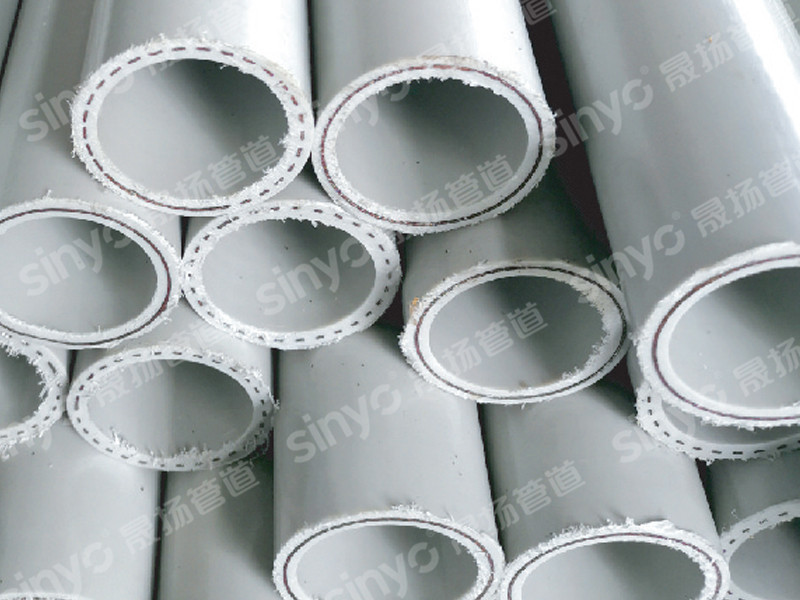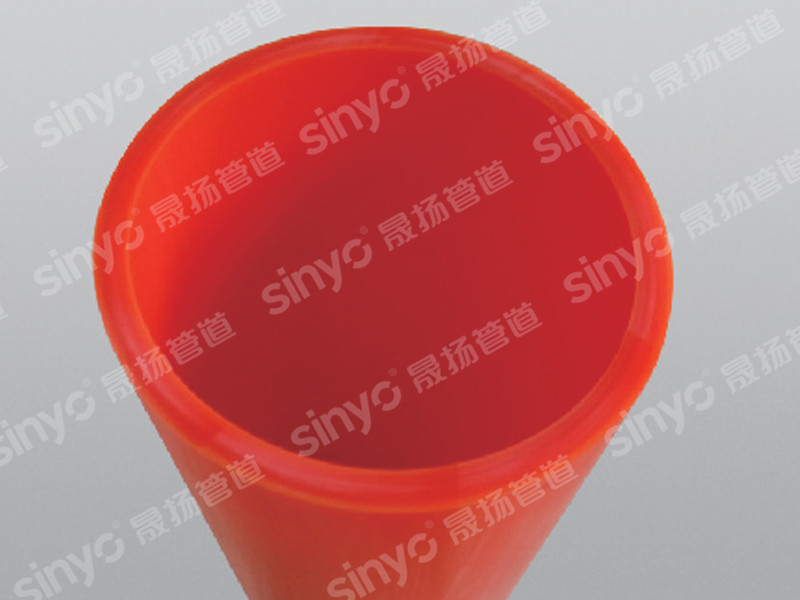Can HDPE pipes be used as drinking water pipes?
PE pipes are unparalleled in their durability. PE pipes are highly corrosion-resistant, and also high-temperature and high-pressure resistant, allowing for use in a variety of environments. In comparison, many other pipe materials have clear shortcomings. For example, galvanized steel pipes, commonly used in older homes, are very susceptible to rust and will easily show problems such as yellowing water and reduced water flow after a short period of use. Some materials also experience a rapid decrease in strength at high temperatures, posing safety risks when used in high-temperature conditions. However, PE pipes have high heat resistance and do not present such safety risks.
Nov 13,2020
Many indoor water pipes now use PE pipes, which are convenient to install. They are mainly used indoors because plastics release chemical components at high outdoor temperatures, and can crack in severe winter cold. In home decoration, PE pipes are the best choice for both exposed and concealed installations. Among many pipe materials, PE pipes are exceptionally durable.
PE pipes are highly corrosion-resistant, and also withstand high temperatures and pressures, allowing for use in various environments. In comparison, many other pipe materials have clear drawbacks. For example, galvanized steel pipes, commonly used in older homes, are prone to rust, leading to yellowing water and reduced water flow after a short time. Some materials also experience a rapid decrease in strength at high temperatures, posing safety risks under such conditions. However, PE pipes have high heat resistance and do not present such safety hazards.
Advantages of PE Water Pipe Material
The chemical name for PE is polyethylene. PE material, due to its high strength, high temperature resistance, corrosion resistance, non-toxicity, and wear resistance, has strong pressure resistance due to its material properties, making it less prone to pipe bursts. This is also an advantage for indoor drinking water pipes.
Since PE water pipes can be used for water supply, why aren't they all used as drinking water pipes? PE water pipes used for drinking water must have drinking water certification, which needs to be tested and approved by national testing institutions. Because many unscrupulous manufacturers use recycled materials, choosing a reliable manufacturer is crucial to ensure drinking water safety.
PE pipes are exceptionally durable. PE pipes are highly corrosion-resistant, and also withstand high temperatures and pressures, allowing for use in various environments. In comparison, many other pipe materials have clear drawbacks. For example, galvanized steel pipes, commonly used in older homes, are prone to rust, leading to yellowing water and reduced water flow after a short time. Some materials also experience a rapid decrease in strength at high temperatures, posing safety risks under such conditions. However, PE pipes have high heat resistance and do not present such safety hazards.
Related News
Kongwang steel strip polyethylene composite pipe
Kongwang perforated steel belt polyethylene composite pipe is a composite pipe material with a perforated steel pipe welded from cold-rolled steel strip as the reinforcing skeleton and composite thermoplastic plastic. Due to the introduction of the reinforcing skeleton, the pressure resistance of the pipe is significantly improved. Different types and grades of thermoplastic plastics can be used to produce composite pipe materials for different purposes. The perforated steel belt plastic pipes produced by the company are divided into several uses according to their uses: water supply, underground gas, hot water, chemical, and special uses.
Development prospects of large-diameter (large-caliber) pressure pipes
The application of plastic pipes, both domestically and internationally, started with smaller diameters and gradually developed towards larger diameters. (There is no defined definition for large diameter; in this article, large diameter refers to diameters of 800mm and above.) It is worth noting that in recent years, there has been a major international trend towards the development of large-diameter plastic pipes, driven by environmental protection. As is well known, the world is currently facing a battle against climate change, and all countries must bear the responsibility of reducing carbon emissions. In the pipeline industry, there is undoubtedly a need to pay more attention to environmental impact.



